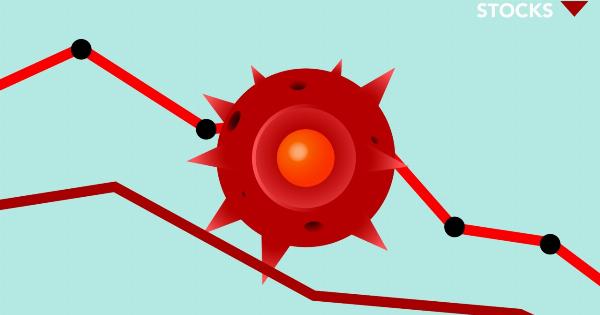Alcohol consumption has been a common practice in societies for centuries. People drink for various reasons, including relaxation, socialization, and celebration.
While a little amount of alcohol has health benefits like reducing the risk of heart diseases, excessive drinking can cause severe health problems such as liver disease, cancers, and mental health issues. Therefore, it’s essential to understand the limits of alcohol consumption. Here, we will look at how much alcohol is too much and the impact of excessive drinking on health.
How Much Alcohol can You Safely Drink?
It’s recommended that healthy adults should not exceed the following alcoholic drinks per day or week:.
- Men under 65 years: No more than four drinks per day or fourteen drinks per week
- Women and men over 65 years: No more than three drinks per day or seven drinks per week
One drink is equivalent to:.
- 5 ounces of wine
- 12 ounces of beer
- 1.5 ounces of hard liquor
It’s important to note that these are general guidelines, and factors like body weight, genetics, medications, and health conditions can affect the way the body processes alcohol and tolerate its effects.
Therefore, some people may feel the effects of alcohol with fewer drinks than others.
The Effects of Excessive Alcohol Consumption
When consumed in moderate amounts, alcohol is broken down in the liver and excreted from the body. However, excessive drinking can overwhelm the liver’s capacity to process alcohol, leading to various health problems, including:.
- Liver diseases like cirrhosis, hepatitis, and fatty liver diseases
- Cancers of the liver, breast, and colon
- High blood pressure, heart diseases, and stroke
- Mental health problems like depression, anxiety, and suicidal behaviors
- Nerve damage and brain disorders like dementia and memory loss
- Accidents and injuries like falls, burns, and car crashes
Excessive alcohol consumption can also lead to alcohol addiction or alcohol use disorder, characterized by a pattern of compulsive drinking, inability to stop or limit drinking, and physical and emotional dependence on alcohol.
This condition can have devastating effects on an individual’s health, relationships, work, and financial stability.
Signs of Alcohol Dependence or Alcohol Use Disorder
If you or your loved one experience the following signs, it’s essential to seek medical help as soon as possible:.
- Drinking more alcohol than intended or for longer periods
- Cravings for alcohol and inability to stop drinking once started
- Withdrawal symptoms like nausea, sweating, tremors, and seizures
- Tolerance to alcohol, meaning that you need more alcohol to achieve the desired effects
- Neglecting personal and social responsibilities due to drinking
- Continuing to drink despite negative consequences like health problems, accidents, or legal issues
Tips for Drinking Responsibly
While it’s essential to understand the limits of alcohol consumption, responsible drinking involves more than just sticking to the recommended guidelines. Here are some tips for drinking responsibly:.
- Eat before or during drinking to slow the absorption of alcohol in the bloodstream
- Alternate alcohol with non-alcoholic beverages to keep hydrated and pace your drinking
- Avoid binge drinking or drinking too fast, as this can lead to alcohol poisoning
- Don’t drive or operate machinery while under the influence of alcohol
- Never pressure others to drink or to drink more than they feel comfortable with
- Know your limits and avoid drinking excessively
- Seek medical help if you have problems controlling your drinking or if you experience withdrawal symptoms
Conclusion
Alcohol can be enjoyable and have some health benefits when consumed in moderate amounts. However, excessive drinking can lead to various health problems and alcohol use disorder.
Understanding the limits of alcohol consumption and drinking responsibly is crucial for maintaining good health, avoiding addiction, and preventing alcohol-related accidents and injuries. Seek medical help if you or your loved one experience problematic drinking patterns.































